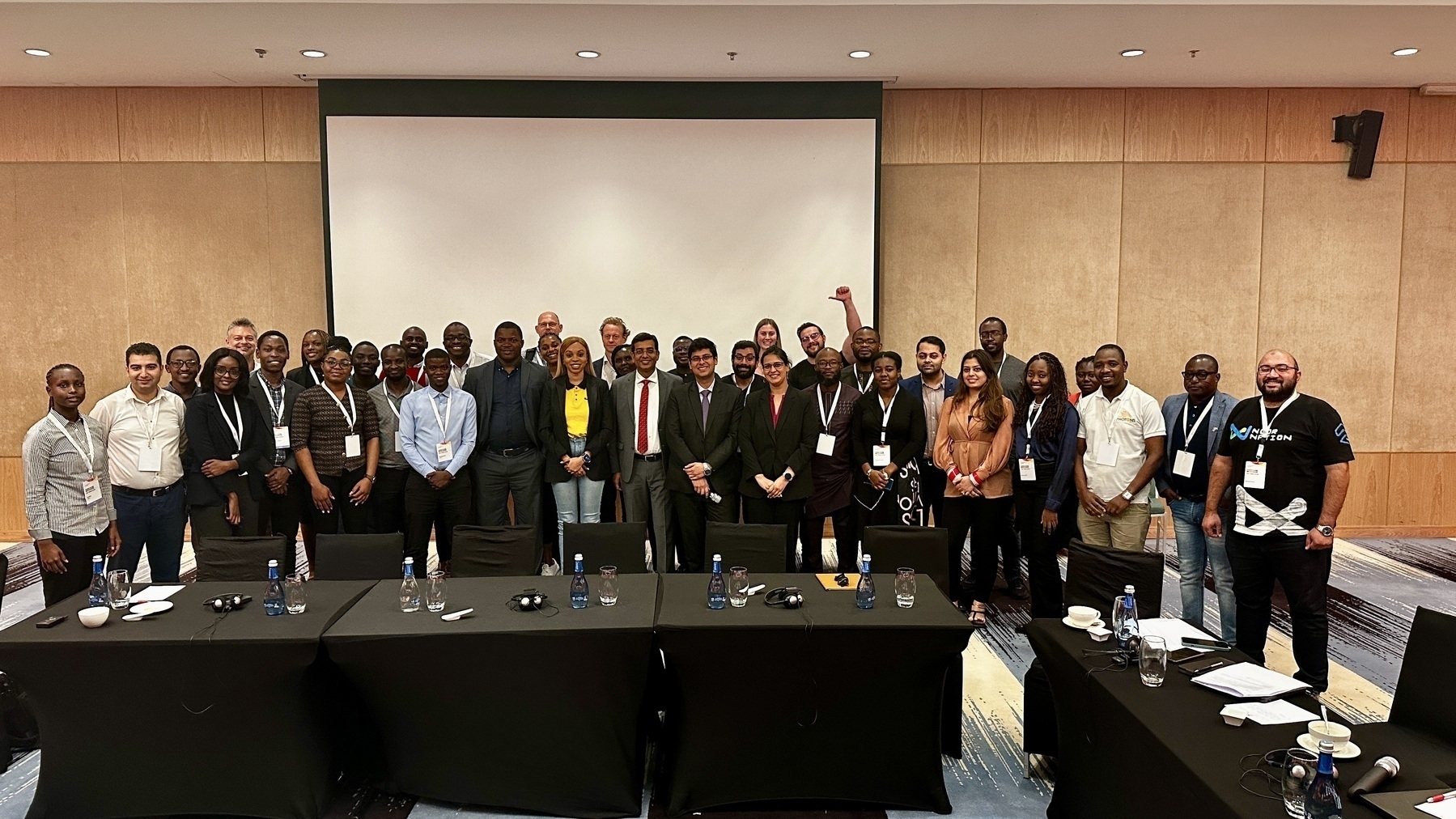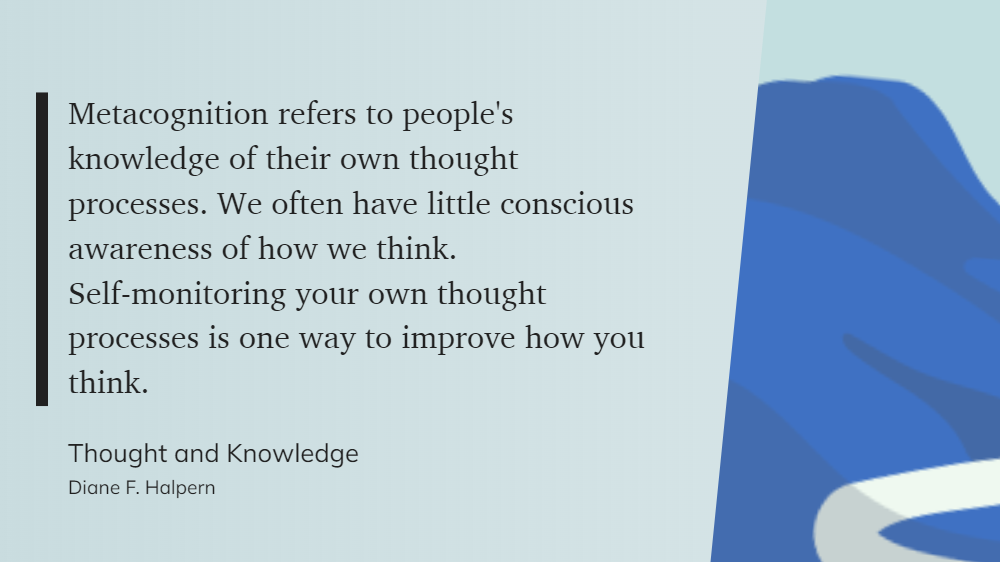Meeting innovative Solar enterprises in Kigali
The startup scene in Africa is really turning vibrant. I was in Kigali to participate in an accelerator workshop for the winners of SolarX (20 innovative startups leveraging solar energy to address challenges in energy access, food security, health ..). My session was on “Raising Commercial Capital” and I was a bit concerned as this was just after lunch and it was a two-hour long session. But the kind of participation I saw was unexpected. I was absolutely delighted to see these enterprises taking on the energy access challenge in Africa.

“If you have an idea you’re excited about and you don’t bring it to life, it’s not uncommon for the idea to find its voice through another maker. This isn’t because the other artist stole your idea, but because the idea’s time has come.” #Books #Creativitiy #Ideas

A view of Kigali (Rwanda) from my room..


#Metacognition refers to people’s knowledge of their own thought processes. We often have little conscious awareness of how we think. Self-monitoring your own thought processes is one way to improve how you think." #CriticalThinking

WhatsApp needs an Out-of-Office or Autoresponder. The way it is becoming the default for work communication emails are soon going to be only for ‘formal’ communication that one needs to archive or record for administrative purposes.
I have a GoPro 11 Black that I use occasionally. But it sems that every time I take it out it has completely drained battery. I am not sure if there is a hardware problem as in a faulty battery or something wrong with my software.
It has been some time since I picked up my camera. I need to make time for it.
Paul Graham’s website (http://paulgraham.com/) is just a treasure trove of insights that every time I visit I get something to take home. This is also the website that looks so uninviting for people who are used to fancy designs and layouts.
“Once you label me you negate me.” ― Søren Kierkegaard
There are more people who became experts by ‘finding a problem in a solution’ than ‘solving a problem’.
The Most Read Research Papers on ESG
Financial Times did an article on the most read research papers on ESG and here are the top five from the list. The list is based on the download data on SSRN.
Irrespective of whether SSRN download data is a good parameter, the list does contain articles that have been seminal pieces on ESG. On top of the list is Aswath Damodaran’s “Valuing ESG: Doing Good or Sounding Good” which questions whether ESG adds any additional value. He created a big debate on the effectiveness of ESG.
“Telling firms that being socially responsible will deliver higher growth, profits, and value is false advertising.” – Aswath Damodaran
While Aswath Damodaran might not see any value in ESG but this recent paper, published in January 2023, “The effects of Mandatory ESG Disclosure around the World” says that ESG disclosure improves the information environment and has beneficial capital market effects.
The Most Read Research Papers on ESG
- Valuing ESG: Doing Good or Sounding Good
- The End of ESG
- The Effects of Mandatory ESG Disclosure Around the World
- Firm-level Climate Change Exposure
- Corporate Social Responsibility and Sustainable Finance – A Review of Literature
Also you can read this article on ESG that I wrote sometime back.
The ABC of ESG – The Evolution, Drivers and the Next Phase
The post The Most Read Research Papers on ESG appeared first on Santosh.
Time is running out.. Adaptation measures should be a priority for the global south. A large number of us are too poor to deal with these extreme heat-induced challenges. #climatechange #ClimateActionNow
Biodiversity Financing- Going Beyond Public Finance
While our businesses and policymakers are now increasingly committed to reducing GHG emissions, they do not yet realize the gravity of the situation that we are going to face due to the rapid loss of biodiversity. Species extinction or the loss of biodiversity is caused by many factors, but the human-induced loss is alarming. Human activities have caused species to become extinct 100 times faster than natural causes.
The loss of biodiversity reduces nature’s capability to provide us with some of the most critical services and products on which human life depends. The air we breathe, the water we drink, the food we eat… all originate from nature. Beyond this, our mental well-being and cultural and spiritual activities are intrinsically linked to nature. Nature also serves as our savior when it comes to hazards and extreme weather events. The contribution of biodiversity to our lives cannot be overestimated, but it has often been underestimated in many studies due to difficulties associated with its valuation and the limitations of our approaches.
However, with the world obsessed with valuation and pricing, scientists have estimated the annual value of biodiversity services, and different estimates range from USD 120 trillion to USD 160 trillion every year. But biodiversity is invaluable. In the absence of it, there is no life, and you cannot put a monetary value on humanity.
The Need for Biodiversity Financing
Conserving and restoring biodiversity requires a significant investment in biodiversity conservation and restoration. The total funding required for this is estimated to be in the range of USD 722 billion to USD 967 billion, but only a fraction (USD 78 billion to USD 143 billion per year) of this is currently available. ^1 Presently, biodiversity financing primarily relies on public finance, with private financing accounting for less than 15 percent. ^2.
A lack of financing for biodiversity conservation and restoration remains a challenge, a more serious challenge is the money flowing into activities that are destroying biodiversity. Globally, governments are spending six times more on activities that harm biodiversity than on restoring or protecting it. Subsidies going to sectors such as agriculture, forestry, fishery, and fossil fuel production need to be vetted to ensure that biodiversity loss is minimized.
The Biodiversity Financing Gap – Going Beyond Public Finance
The USD 500 billion-a-year biodiversity financing gap requires innovation in financing mechanisms and leveraging all available options. Sustainable investment instruments, such as green bonds and sustainability bonds, can be great options as they have provided much-needed capital inflow for sustainability agendas. According to the Climate Bond Initiative report, in 2022, the total volume of these bonds was USD 858.5 billion, but the share allocated to the biodiversity sector remains very low. Only around USD 50 billion has been directed towards sectors that may have biodiversity relevance, while the rest went to sectors such as renewable energy, energy transition, sustainable transport, agriculture, etc. A dedicated focus by government agencies and development finance institutions can help channelize more capital into the biodiversity sector.
The other options are biodiversity offsets and biodiversity credits. Biodiversity loss is sometimes unavoidable despite taking all feasible measures. In these situations, biodiversity offsets come into play to ensure that there is at least no net loss of biodiversity. A typical example of a biodiversity offset is the enforcement of restoring forests, wetlands, etc., in another location/site to compensate for the unavoidable loss of forests or wetlands due to road construction or mining (see the graphics below). Biodiversity offsets are already being enforced in several countries (you can explore the database of offset policies here), albeit in a limited way, contributing around USD 6.3 to 9.2 billion per year. Biodiversity offsets have the potential to contribute USD 162-168 billion every year by 2030^3.”

(Source: Biodiversity Offsets – Effective Design and Implementation)
Biodiversity credits are similar to biodiversity offsets, but unlike biodiversity offsets, they are not only meant for negating biodiversity loss. Biodiversity credits are used to channelize capital for any biodiversity projects that have a positive impact on species, nature, or ecosystems. This is not a new concept, as we have seen numerous transactions involving these biodiversity credits.
In Colombia, the conservation and restoration of the Bosque de Niebla forest leveraged Voluntary Biodiversity Credits (VBCs) created by Climate Trade and Terrasos. Each VBC corresponds to 30 years of conservation and protection of 10 square meters of the Bosque de Niebla forest and was priced at USD 30^4. Similar biodiversity credit transactions have also been carried out in Australia and New Zealand.
Resources for Further Reading
- The Economics of Biodiversity – The Dasgupta Review
- Biodiversity Offsets – Effective Design and Implementation
- Biodiversity Credits – An Opportunity to Create a New Crediting Framework for Nature Markets
- Biodiversity Finance – Reference Guide
- COP15: NATIONS ADOPT FOUR GOALS, 23 TARGETS FOR 2030
The post Biodiversity Financing- Going Beyond Public Finance appeared first on Santosh.
Currently reading: Anthro-Vision by Gillian Tett 📚
Yesterday was the 12 anniversary of my married life. With a seven-year-old in charge of all the celebrations, she ensured that we had a good time.
Finished reading: A Thousand Brains by Jeff Hawkins 📚
As person struggling to find time to watch some wrbseries or read books, whatever time I get goes in deciding about what to watch or what to read.
Carbon Pricing is a great mechanism for amplifying climate action but it remains poorly implemented in most countries.
Evernote, which I have been a user since 2008 has become very unreliable. I am losing attachments from many notes as I try to open them. Also, even on a desktop, opening a note takes at least 30-40 seconds. This is the same experience across Mac and Windows platforms. #evernote
What could be an alternative stack of social media platforms that have least toxicity? Are the new ones less toxic because of design or they are just not popular enough?
Any thoughts?
#SocialMedia